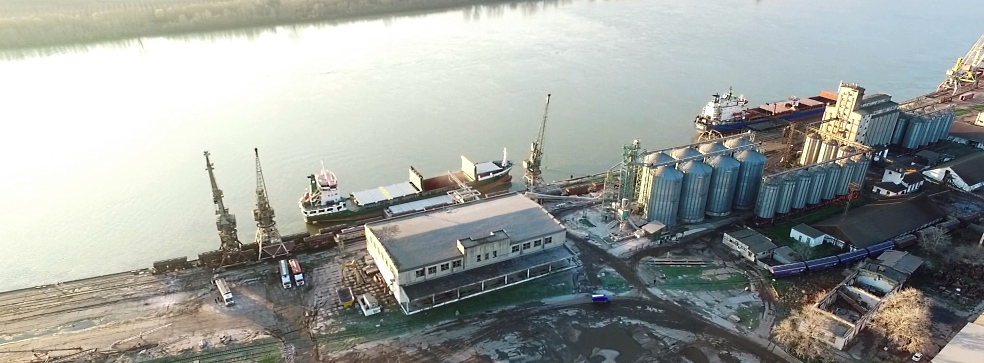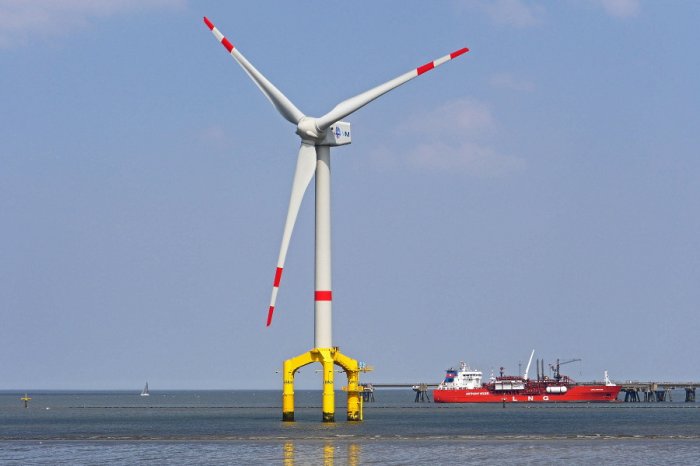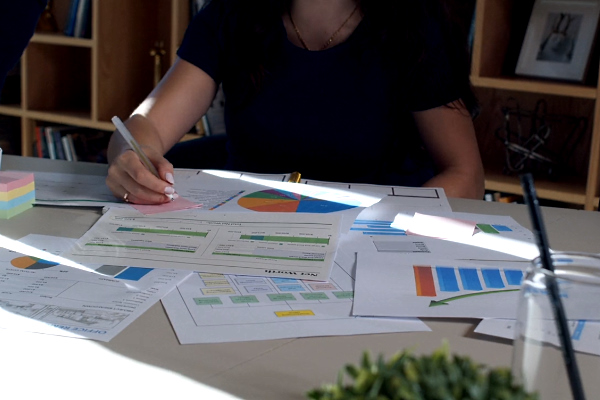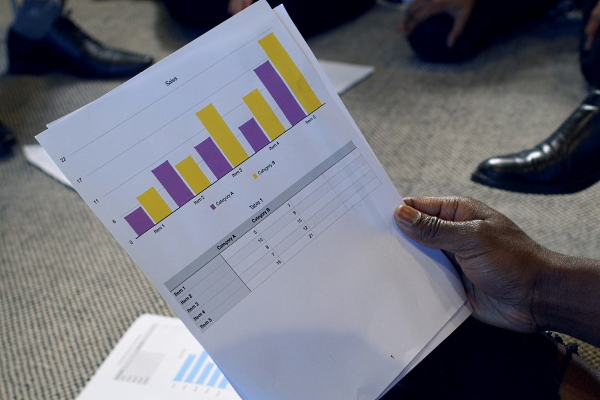To consider an application for financing, fill out the form and send it to us by e-mail along with the project brief, or contact our experts
Long-term investment planning is considered a critical element of the development strategy of large companies.
Link Bridge Financial LTDA has brought together a multidisciplinary team of experts from various fields to provide clients with comprehensive services and support in the implementation of large investment projects around the world.
We offer:
• Long-term lending for large companies.
• Project finance instruments (PF).
• Investment engineering and consulting.
• Project management.
• Financial modeling.
• Credit guarantees.
Together with international partners, we are also ready to help companies with the construction of capital-intensive facilities under an EPC contract (general contractor).
Our projects are successfully operating in Spain, Germany, Saudi Arabia, Brazil, Mexico and a number of other countries. Please contact us for details.
The role of long-term investment planning in business
The priority goal of each business entity is to maximize the income of the owners, which should result in an increase in the market value of the company.Achieving success in this context requires a constant search for the best ways to increase the accumulated capital and improve ROI.
Every company needs to invest, but in a saturated market and fierce competition, choosing the right investment concept is not an easy task.
Where is the best place to invest capital?
What types of investments can bring the company the most income?
How much money should be invested to achieve the strategic goals of the business?
Long-term investment planning contributes to the achievement of the following goals:
• Maintaining / strengthening the company's position in the market by introducing new products and technologies, expanding the range of activities and searching for new clients.
• Increasing profits, which allows the company to achieve the required level of return on invested capital, as well as pay off the debt that has arisen.
• Accumulation of financial resources and increase in the market value of the enterprise.
Strategic goals, understood in this way, can be realized mainly through investment. Investing is the only way to continually expand and increase the profitability and value of a business.
Investment should be understood as an economic process that is initiated by making an investment decision. This means capital expenditures incurred on various kinds of projects aimed at achieving specific results. The effects of investment activity include increased profits / cash flows, expansion of production, upgrading of technology, increase in market share, increase in company value, improved competitiveness and other effects.
The scale of expenses within the framework of long-term investment projects is much greater than in the day-to-day operations.
Therefore, it is important to properly prepare for investments, study the prospects of a particular project and possible alternatives, assess the risk of failure and establish a link between the project and the overall business strategy.
Investments can be classified according to various criteria.
In practice, two types of investments are distinguished, namely, material investments and financial investments, which represent two different sides of a single approach to a company's development strategy.
Material investments reflect strategies focused on expanding assets, that is, increasing the production / commercial potential of the company, its resources, market share. They can be made through the use of specific market opportunities such as the purchase of a share in an existing company, the acquisition of another company, construction, etc.
Material (tangible) investment always refers to a company's tangible assets, i.e. equipment, land, buildings, vehicles, and so on. Investment experts single out the so-called intangible investments, which determine the size and structure of the intangible and legal assets of an enterprise. This group includes any investment in training, improving the organizational structure, patents, licenses.
The second type is financial investment, including the use of company resources to purchase bonds, stocks, and other securities.
This is another aspect of the long-term investment strategy, which is necessarily present in large companies with significant financial resources and capabilities.
In general, financial investments can be divided into two types:
• Investments in equity capital.
• Investments in debt instruments.
The main purpose of financial investments is to receive a certain income in the form of dividends, interest and increase the market value of the attracted capital. The investing company, in exchange for the transfer of capital to other entities, acquires certain rights, such as the right to receive interest payments (investments in debt securities) and dividends (investments in equity securities).
The criteria presented above make it possible to understand how wide the range of forms of investment in business is.
These forms and instruments, among other things, underlie the development of a short, medium and long-term investment strategy for any large company.

Stages of long-term investment planning
Planning of investment activity is based on the development of investment plans, as well as on the formation of an investment portfolio and its management.A long-term investment plan is developed based on the concept of the company's investment policy. This investment strategy defines the main objectives of the investment policy, taking into account the needs caused by the mission and strategic goals in the context of business development.
Long-term investment planning requires the following:
• Development of a detailed model of the future business activity of the company.
• Forecasting the investment climate and the requirements of the company's adaptation to changes in the external environment for the implementation of investment projects.
• Forecasting the investment market situation and searching for investment opportunities.
The development of a long-term investment strategy consists of four stages, which are detailed in the table below.
Table: Stages of long-term investment planning.
| Stage | Brief description |
| Stage 1. Determining the time horizon of investment planning. | When determining the time horizon, various economic trends are taken into account, including trends in the development of the regional economy and the state of a particular investment market. In developed countries with a stable political situation, an investment strategy can be developed for a period of 10–15 years or more. An important factor is the size of the company (in large enterprises, investment activities are usually planned for a longer period). |
| Stage 2. Development of investment activity goals. | The basis of this activity is a deep understanding of the company's development goals, analysis and forecasting of the development of the investment market. |
| Stage 3. Determination of the most effective ways to achieve the strategic goals of investment activity. | Long-term goals of investment activities are linked to the stages of the life cycle, plans for innovation and the goals of the company, the strategy for the formation of the investment portfolio, trends in industry and regional investment programs. |
| Stage 4. Step-by-step implementation of the strategy for planning periods. | The specification of the investment strategy by periods of its implementation provides for the establishment of the sequence and timing for achieving individual goals and strategic objectives. In this context, the company's economic development strategy, projected changes in the investment market, the possibility of simultaneous implementation of various investment projects, access to the necessary investment resources are taken into account. |
If you need more professional information about investment engineering, contact LBFL experts and schedule a consultation at a convenient time.
We are ready to help your project at any stage.




























